Description
The Resurrection is a novel by Leo Tolstoy that was first published in 1899. Prince Dmitry Neklyudov, who is part of the jury at the trial of a man accused of murder, is suddenly confronted with a shocking scene. He sees that the prisoner is Katyusha; A young servant whom Dmitry seduced and eventually abandoned years ago. Seeing that Dmitri is facing the consequences of his actions, he decides to live his luxurious and prosperous life and save Katyusha anyway … even if it means going after him in exile. Be Siberian.
But can man find true salvation through the salvation of another? The Book of the Resurrection shows us Tolstoy’s astonishing abilities in storytelling by creating a vast picture of life.
In the late 1880s and throughout the 1890s, Tolstoy attached to another prestigious autobiography – the novel Resurrection, in which there is no longer any mention of the family paradise that underlie his long works. His focus is now on a society that is falling apart from the top down.
Scenes that Tolstoy catches his fresh eye wide. This time the ruined villages, the courts are brutal, the prisons, and the road to exile to Siberia.
Tolstoy was dubbed the “second watchman” in the last years of his life because the government feared that he would be attacked in the slightest.
In Russia, with the exception of the Tsar, he was the only one who could say whatever he wanted and be safe. He had won Nine freedom with the power of his pen and his exemplary life. When he took up the pen to write about tsars, as if he were his own equal, he proved that writing could, as he had dreamed, be a real power in this world.

Resurrection will only come, and Tolstoy’s moral explorations are not in human nature; it is something beyond morality and religion. Resurrection is the result of the age of intellectual maturity and the pen of Lef Tolstoy.
Maslova is a poor, low-income girl who worked as a maid for two widows from her childhood until she was seduced at the age of 18 by a nobleman named Nakhludov. Maslova is then forced into prostitution and endured very harsh conditions, and finally gets caught in a conspiracy in her master’s house and her master is killed. Police arrest Maslova on murder charges. Nashlodov is a member of the jury when Maslova appears in court. Nakhlodov regrets his actions after realizing what has happened to Maslova, and tries to make up for the suffering he has suffered over the years, but it is not easy to make up for all these years.
About the author of the book Resurrection, Leo Tolstoy
Leo Tolstoy was a Russian novelist and socio-political activist born in 1882 in Russia. The works of no other author are on the list of must-read books before Leo Tolstoy. This author is famous not only in Iran but all over the world. His works are among the literary masterpieces that many translators around the world have translated.
Tolstoy was born in 1828 in the south of Moscow to an aristocratic family. He lost his parents as a child and was later left in the care of relatives. As a child, he had a private tutor and received his basic education at home.
Leo Tolstoy went to the Kazan School at the age of fourteen and entered the University of Kazan in 1844. He first studied Oriental languages, then switched to law, and finally left the university without a degree and joined the army. In 1851, Tolstoy published his first short story, Childhood. After the publication of this story, he wrote the books “Adolescence” and “Youth”, which were a continuation of his first book “Childhood”. This trilogy is a reflection of the life of Leo Tolstoy. In these books, he introduces himself as follows: “I wished to be good with all my being; But I was young. I had moods and desires and I was looking for goodness alone. “I was completely alone.”
Tolstoy pursued writing professionally in the military. He was on the battlefield and therefore had many pure subjects at his disposal, and at the same time wrote The Tales of Sevastopol. A collection of three short stories in which Tolstoy, with the help of his personal experiences, narrated the violent and cruel face of war. After a while, he left the army and went to Europe.
In Europe, Tolstoy met with great writers such as Charles Dickens, Ivan Turgenev, and Adolf Distrog, and raised his awareness of the education of children and adolescents. After returning to Russia, inspired by Jean-Jacques Rousseau, he established primary schools in the countryside. Russian children were taught the Tolstoy alphabet until the early twentieth century.
In 1862, Leo Tolstoy married a young woman named Sophia, and they had thirteen children. This marriage had many ups and downs. The first period was joy and happiness, and Tolstoy wrote his literary masterpieces “War and Peace” and “Anna Carnina” during this period. After the publication of these two novels, Tolstoy became famous outside Russia and became a world writer.
But at the same time, the Russian Orthodox Church and the Russian Tsars increased their control over his activities. The drafts of his books were confiscated and rumors of his psychosis were heard everywhere. Finally, with the publication of the book “Resurrection” by the Orthodox Church, Tolstoy was sentenced to apostasy. He continued to live for a while after this sentence and finally died in 1910 and was buried without any special ceremonies.
Although Tolstoy was heavily influenced by Jean-Jacques Rousseau in his writing style, there is no doubt that most post-Tolstoy writers are in some way influenced by his writing style. He did not want art for art’s sake. Rather, he believed that literature and novelism were tools for expressing moral and social concepts. According to Tolstoy, stories are written not only for the entertainment of the audience, but they also want to reduce the cruel and careless judgments of human beings and help to spread kindness, moral taste and emotional health.
1- Introducing the book on YouTube
2- Introducing the book in Aparat

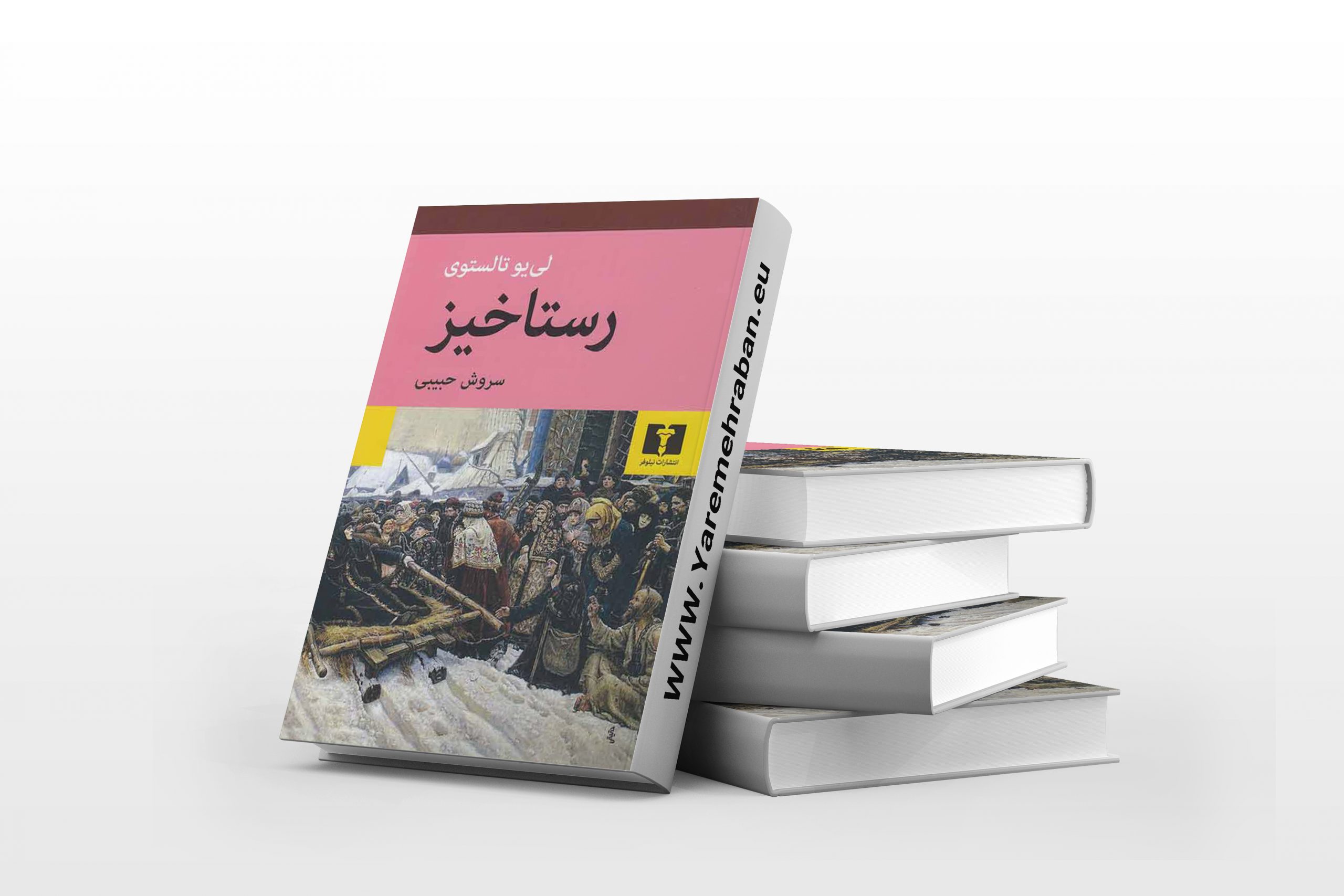


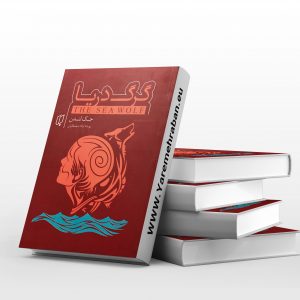
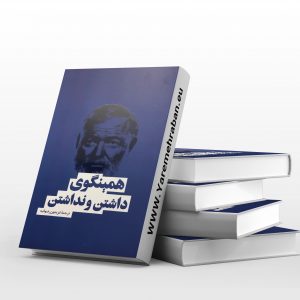
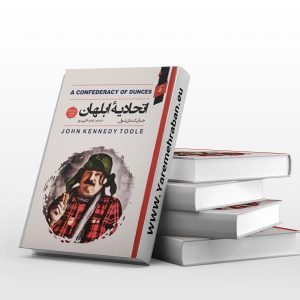
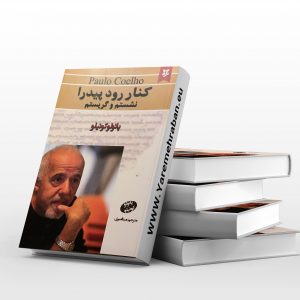
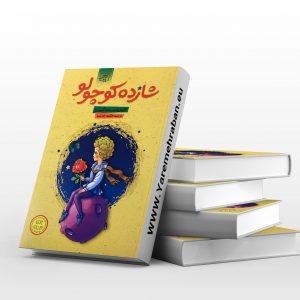

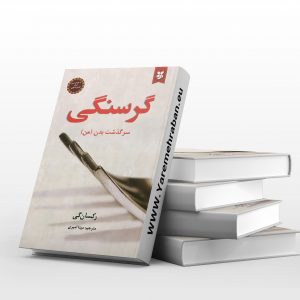
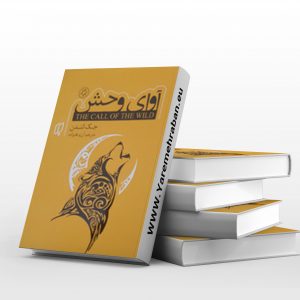

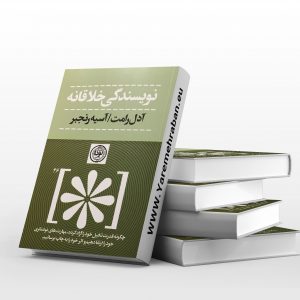
Reviews
There are no reviews yet.